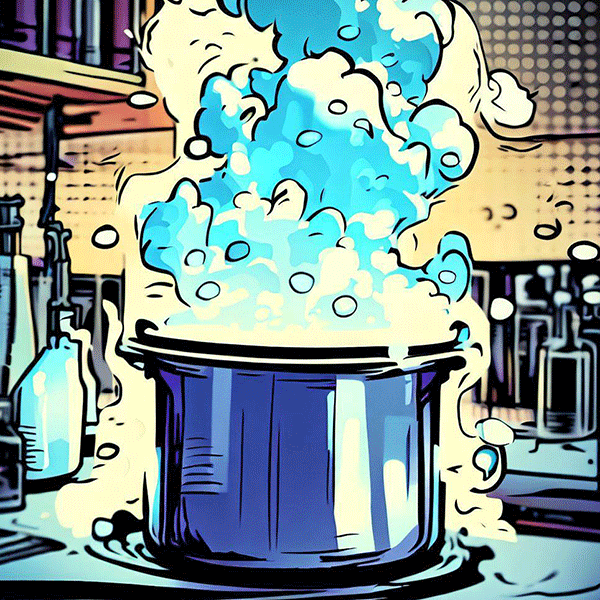Matter Made Easy
Matter is all around us! From the chair you’re sitting on to the air you breathe, it’s all made up of matter. Matter comes in three basic forms and can change from one form to another. Here’s a simple breakdown:
Three Forms of Matter:
- Solids: These are things that have a set shape and size. Examples include your wooden desk, a metal spoon, or a stone.
- Liquids: These take the shape of whatever container they’re in but keep their size. Examples include water, juice, or oil.
- Gases: These don’t have a set shape or size and love to spread out as much as they can. Examples include the air we breathe, helium in balloons, or steam from a hot shower.
- Melting: This is when a solid turns into a liquid, like when an ice cube melts into water.
- Freezing: This is the opposite of melting – it’s when a liquid turns into a solid, like when water freezes into ice.
- Vaporization: This happens when a liquid turns into a gas, like when boiling water turns into steam.
- Condensation: This is when a gas turns back into a liquid, like when steam cools down and turns back into water droplets.
- Deposition: This is when a gas turns directly into a solid, without becoming a liquid first, like when frost forms on a windowpane on a cold day.
- Weight: This is how heavy something is. Even though you can’t see air, it does have weight!
- Volume: This is how much space something takes up. A big beach ball has more volume than a small marble.
- Density: This is how much mass is packed into a certain volume of matter. Imagine a box of cotton balls and a box of rocks – the box of rocks is denser because it has more mass in the same amount of space.
Phase Changes:
Matter can change from one form to another when it’s heated up or cooled down. Here are the main types of changes:
Properties of Matter
Matter isn’t just about what state it’s in; it’s also about its properties. Here are some properties of matter:
Understanding matter and its properties can help us make sense of the world around us, from why boats float to why we breathe out carbon dioxide. So next time you’re holding your favorite toy or sipping a cool drink, remember – you’re interacting with matter!
